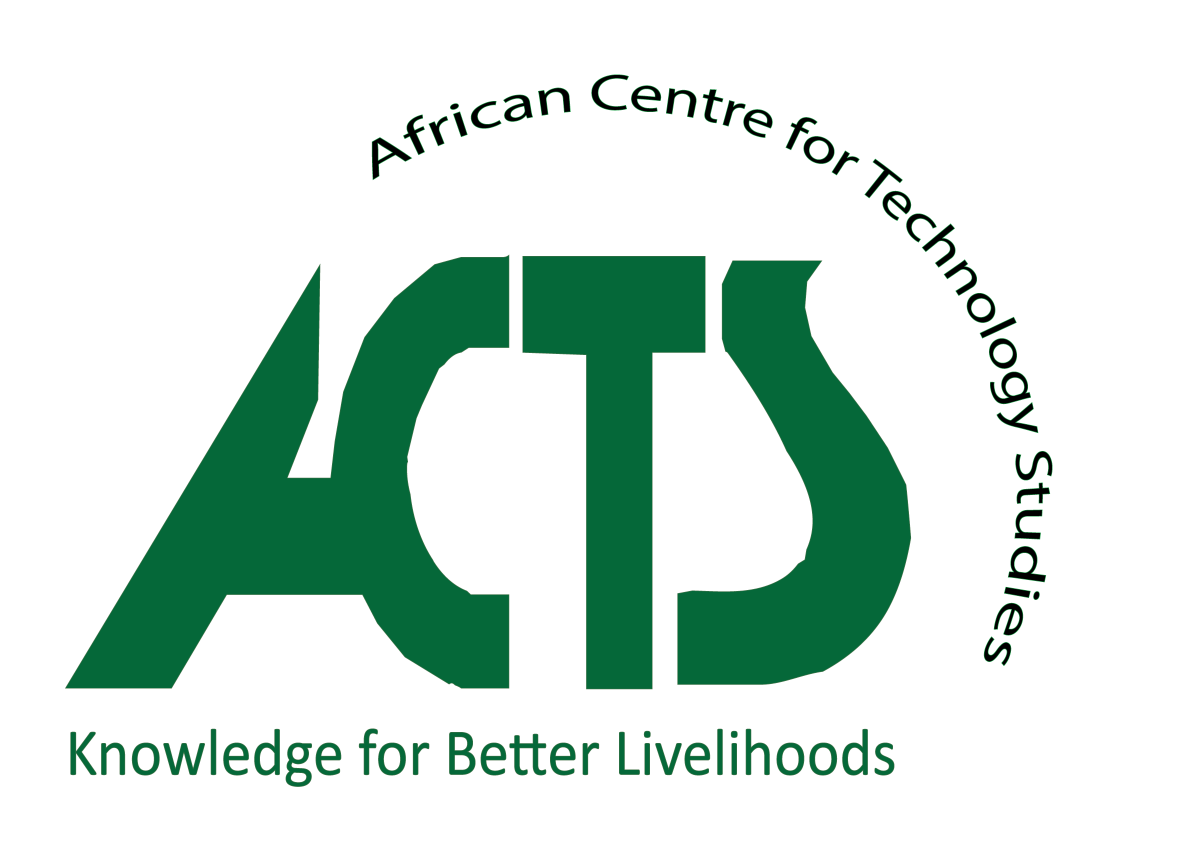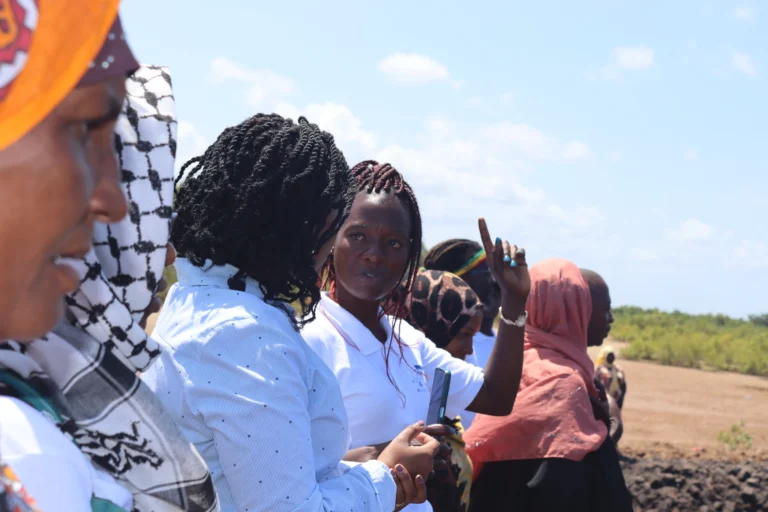Gillian Faith and Joel Onyango
Plant genotypic analysis is a crucial component of modern agricultural research, particularly when it comes to improving crop yield, resistance to diseases, and overall adaptability to environmental changes. One of the crops where genotypic analysis has shown significant progress is wheat (Triticum aestivum), a major global food source. Genotypic analysis helps identify the genetic makeup of different wheat varieties, enabling plant breeders and researchers to understand the genetic variations that drive specific traits. In recent years, the open-source statistical tool R-Studio has emerged as a popular platform for conducting this analysis due to its versatility, extensive packages, and ease of use (Culhane et al., 2018). In R-Studio, genotypic analysis of wheat involves several steps, starting with data preparation, which includes collecting genotypic data, often from DNA sequencing or molecular marker analysis. This data is then cleaned and formatted for analysis. One standard tool used in R is the “genetics” package, which helps manage genotype data in various formats, such as SNP (Single Nucleotide Polymorphism) markers. The package is also helpful for multivariate analysis, allowing researchers to visualize genetic diversity among different wheat samples (Jombart & Ahmed, 2011). These flexible packages support classical and modern statistical methods for genotype data exploration and visualization.
One key application of genotypic analysis in wheat is in Quantitative Trait Loci (QTL) mapping. This approach helps researchers identify genome regions associated with specific phenotypic traits such as drought tolerance or grain quality. In R-Studio, packages like “qtl” enable users to perform QTL mapping efficiently. This package allows researchers to model genetic markers’ influence on traits, helping uncover the genetic basis of complex traits in wheat. Additionally, the “ASMap” package generates high-density linkage maps, which can be used to locate QTL regions more accurately (Broman et al., 2003). The use of these tools has enabled plant breeders to make more informed decisions about which varieties to cross-breed for optimal results. R-Studio also offers the advantage of integrating phenotypic data alongside genotypic data, providing a holistic view of plant traits. This integration is critical for genotype-phenotype association studies, which aim to link genetic variations with observable traits such as yield or disease resistance. The “GWASpoly” package in R is particularly useful for Genome-Wide Association Studies (GWAS), allowing researchers to analyze polyploid species like wheat with greater precision. GWAS is widely used in wheat breeding programs to identify genetic loci that contribute to essential agronomic traits (Rosyara et al., 2016). The combination of genotypic and phenotypic data helps researchers to make accurate predictions about how different genetic variants might affect wheat growth under various environmental conditions.
The advantages of using R-Studio for wheat genotypic analysis go beyond just data handling and visualization. R-Studio’s open-source nature makes it highly accessible to researchers worldwide, especially in resource-limited settings. Moreover, the ability to integrate custom scripts and perform large-scale data analysis makes it a versatile tool for complex genetic studies. With the help of specialized R packages such as “rrBLUP” (ridge regression Best Linear Unbiased Prediction), plant breeders can estimate breeding values, enhancing the selection process for high-yielding wheat varieties (Endelman, 2011). This level of customization and scalability is pivotal in addressing global challenges like food security and climate change.
In conclusion, R-Studio has revolutionized wheat genotypic analysis by offering powerful tools that are accessible and flexible. Whether for QTL mapping, GWAS, or integrating phenotypic data, R-Studio provides a comprehensive environment for conducting advanced genetic studies in wheat. By leveraging these tools, researchers can enhance wheat breeding programs, ultimately contributing to improved crop performance and global food security. The growing use of R in genotypic analysis also encourages collaboration among researchers across different fields, facilitating the sharing of data and methodologies.
Call to Action: As food security remains a global challenge, researchers and plant breeders must adopt cutting-edge tools like R-Studio for genotypic analysis. I encourage you to explore R-Studio’s capabilities and contribute to the growing body of research aimed at improving wheat and other essential crops. Visit R-Project to download R-Studio and start your journey in plant genotypic analysis today
References
Broman, K. W., Wu, H., Sen, Ś., & Churchill, G. A. (2003). R/qtl: QTL mapping in experimental crosses. Bioinformatics, 19(7), 889–890. https://doi.org/10.1093/bioinformatics/btg112
Culhane, A. C., Thioulouse, J., Perrière, G., & Higgins, D. G. (2018). MADE4: An R package for multivariate analysis of gene expression data. Bioinformatics, 21(11), 2789–2790. https://doi.org/10.1093/bioinformatics/bti394
Endelman, J. B. (2011). Ridge regression and other kernels for genomic selection with R package rrBLUP. The Plant Genome, 4(3), 250–255. https://doi.org/10.3835/plantgenome2011.08.0024
Jombart, T., & Ahmed, I. (2011). adegenet 1.3-1: New tools for the analysis of genome-wide SNP data. Bioinformatics, 27(21), 3070–3071. https://doi.org/10.1093/bioinformatics/btr521
Rosyara, U. R., González-Hernández, J. L., Manickavelu, A., Steffenson, B. J., & Belzile, F. (2016). Genome-wide association study of spot blotch resistance in wheat. G3: Genes, Genomes, Genetics, 6(7), 2103–2114. https://doi.org/10.1534/g3.116.028480




